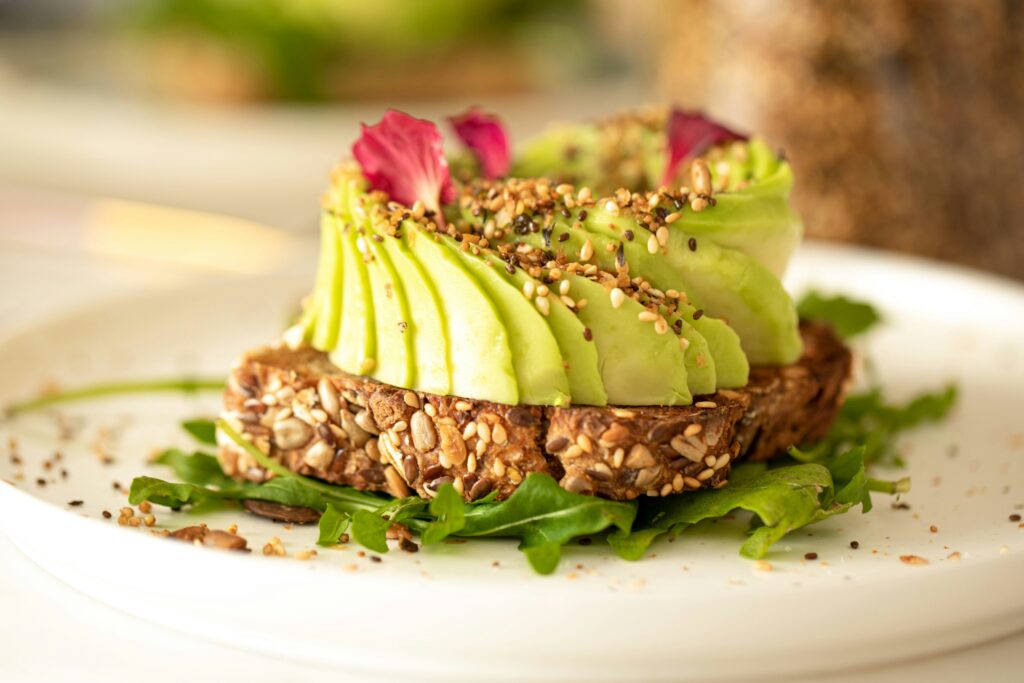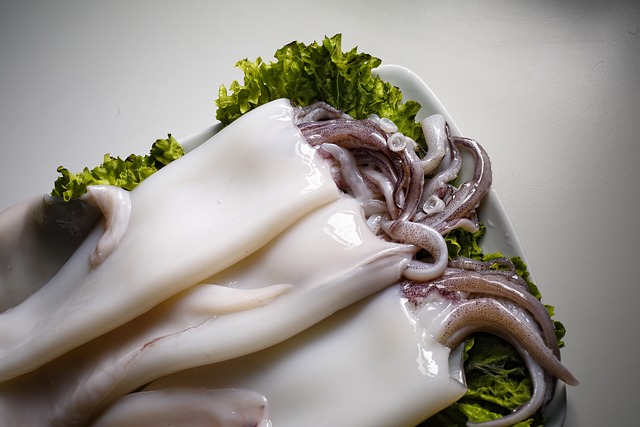The Evolving Plant-Based Dining Scene
Over the past decade, vegan and vegetarian restaurants have undergone a remarkable transformation. No longer seen as niche or novelty, these establishments are now commanding serious culinary respect—and it’s not just about what’s missing from the plate.
From Alternative to Avant-Garde
Plant-based dining has matured well beyond the days of bland tofu and predictable salads. Today’s leading restaurants are:
- Pioneering new techniques with vegetables, legumes, and fermentation
- Fusing global flavors for inventive, unforgettable dishes
- Investing in design, ambiance, and service to rival top-tier fine dining
More Than Meatless
Vegan and vegetarian restaurants are not just meat-free—they’re mission-driven experiences designed to nourish body, mind, and planet. Diners are no longer satisfied with substitutions; they expect bold flavors and a sense of purpose in every dish.
What Modern Diners Expect:
- Flavor: Rich, satisfying profiles that feel indulgent—not restrictive
- Sustainability: Ethical sourcing, low-waste kitchens, and eco-conscious packaging
- Creativity: Menus that surprise and evolve constantly
The Bar Has Been Raised
Rising customer expectations are shaping the future of plant-based restaurants. It’s not enough to be healthy or ethical—today’s diners want meals that are dynamic, delicious, and deeply satisfying. The result? A fresh lens on plant-based cuisine that’s more focused, fearless, and flavorful than ever before.
What Sets the Best Apart
When it comes to top-tier vegan and vegetarian restaurants, it’s not just what’s on the plate that matters—it’s how that food is imagined, presented, and aligned with larger values. The best plant-based establishments showcase a dedication to craft, sustainability, and creativity that rival—and often exceed—traditional fine dining venues.
Pushing Culinary Boundaries
Innovation is the heartbeat of modern plant-based kitchens. These restaurants aren’t simply omitting meat; they’re creating new culinary narratives through bold flavor combinations, unexpected textures, and pioneering techniques.
- Incorporating global ingredients not traditionally found in Western kitchens
- Using fermentation, smoking, and molecular gastronomy to develop deep, layered flavors
- Turning everyday vegetables into focal points through technique and creativity
Example: A roasted beet “steak” marinated in miso and charred to perfection—savory, surprising, and completely plant-driven.
A Feast for the Senses
Great design enhances every bite. For today’s diners, a restaurant’s visual and emotional atmosphere is nearly as crucial as the food itself.
- Warm, minimal interiors that feel natural and calm
- Open kitchens that foster transparency and connection
- Thoughtful plating that treats food like art
These immersive environments strengthen the bond between guest and meal, encouraging slower, more mindful dining.
Sustainability at the Core
Sustainability goes well beyond a paper straw. The best vegan and vegetarian restaurants practice environmental ethics across every layer of their operations:
- Locally sourced produce that reduces the carbon footprint
- Composting kitchen waste and minimizing single-use plastics
- Partnering with suppliers who prioritize animal welfare, fair labor, and regenerative farming
In short, sustainability is not a marketing slogan—it’s a philosophy integrated into sourcing, serving, and storytelling.
The leaders in plant-based dining aren’t content with being alternatives to traditional fare—they’re forging a new standard for thoughtful, exciting, and ethical cuisine.
Must-Have Menu Moments
Modern plant-based dining isn’t about what’s missing—it’s about what’s possible. The best vegan and vegetarian restaurants have moved beyond tofu stir-fries and basic grain bowls. Today’s signature dishes marry culinary ambition with unmistakably bold flavors. Think king oyster mushroom “scallops” over black rice risotto. Think house-fermented kimchi layered on jackfruit tacos with handmade corn tortillas. These plates don’t whisper plant-based; they declare it, unapologetically.
Global inspiration runs deep. Middle Eastern kitchens bring smoky baba ganoush, muhammara, and za’atar-covered flatbreads to the table with intense, roasted depth. Asian street food influence shows up in everything from crunchy banh mi with marinated tofu to savory okonomiyaki made meatless with genius swaps. The point isn’t mimicry—it’s memory, story, and texture reimagined with plants in the lead role.
Then there are the desserts. Forget dry cookies and “fruit-as-dessert” cop-outs. Today’s pastry chefs are rewriting the vegan sweet playbook, one oat crème brûlée or aquafaba meringue at a time. Cashew-based cheesecakes, black sesame gelato, and even delicate mille-feuille made without a trace of dairy are not just good for a vegan dessert—they’re just plain good. They close the meal with a nod to the restaurant’s core promise: nothing compromised.
Spotlight on Standouts
A new generation of plant-based restaurants is quietly redefining what it means to serve flavor with purpose. In Los Angeles, places like Crossroads Kitchen are ditching clichés and delivering date-night elegance without a shred of dairy or meat. Their truffle mushroom risotto isn’t just vegan—it’s a dish that holds up against any fine-dining competition. Meanwhile, in London, Plates London leans hard into culinary artistry, with plating and technique straight from the haute cuisine playbook.
Further east, Singapore’s Afterglow is all about raw food done right, partnering with small local farms to keep ingredients fresh, seasonal, and low-mileage. Over in Brooklyn, Seasoned Vegan has built a loyal following by tapping into soul food traditions, proving that comfort and heritage don’t have to rely on animal products.
What ties these places together isn’t just what’s on the menu. It’s how it got there. These restaurants are forming real relationships with producers—think biodynamic veggie growers, regenerative grain co-ops, and fair-trade spice importers. That transparency builds trust. Add great flavor to that mix, and return visits become habit.
Customers today want more than a tasty meal. They’re looking for alignment. When a restaurant supports local farms, reduces waste, and still delivers bold, layered dishes, it creates a loyalty that goes deeper than a punch card. You’re not just feeding a customer—you’re feeding a movement.
Challenges Driving Innovation
Running a plant-focused kitchen isn’t cheap. Top-tier produce, organic grains, small-batch ferments—these don’t come with bulk discounts. Without the weight of mass-market supply chains, vegan and vegetarian restaurants often pay a premium for ingredients that meet their standards. For owners, this means tighter margins and harder choices. Cheap shortcuts aren’t in the playbook.
At the same time, diners want more. Health matters, but so does comfort. A guest might expect gluten-free buckwheat bowls with antioxidant-rich toppings one day and come back the next asking for deep-fried jackfruit that mimics hot chicken. There’s a delicate balancing act between indulgence and intention, flavor and function.
Smart operators are staying agile. Menus shift with the seasons, not trends. Some places offer curated tasting menus instead of sprawling lists—less waste, more narrative. Others build dishes around what’s fresh from local partners, not what’s trending on social media. The best spots respond—not react. That’s how innovation happens under pressure.
The Future of Plant-Focused Restaurants
Gone are the days when plant-based dining meant rubbery meat substitutes trying to mimic the real thing. The best restaurants are moving past imitation and leaning into whole-food artistry—think roasted celeriac with miso glaze, not just another soy burger. Chefs are turning to seasonal vegetables, heirloom grains, and fermentation techniques to create dishes that are bold, original, and rooted in real ingredients. It’s cleaner, more sustainable, and frankly, more interesting.
Tech is starting to streamline the front of house too. QR code menus are standard, but what’s next is smarter: integrated apps that suggest meals based on your dietary needs, recent orders, or even mood. Personalized nutrition is creeping into casual dining, with customization moving beyond just allergy warnings or vegan swaps.
And then there’s the shift in how these spots operate altogether. Brick-and-mortar isn’t the only model anymore. Pop-ups inside art studios, traveling kitchens parked at community gardens, even co-op-style ownership where regulars help run the place—these all blur the line between diner and community member. It’s scrappy and sincere, and it’s resonating.
The future of plant-based dining isn’t just about what’s on the plate. It’s about why it’s there, who made it, and who it’s for. (Explore more up-and-coming venues: The Best New Restaurants to Visit in 2023)
Final Bite
Plant-based dining isn’t playing second string anymore. The days of sad portobello burgers and limp tofu are over. What we’re seeing now is a shift from accommodation to innovation. These chefs aren’t just making food that fits the vegan or vegetarian label—they’re making food that turns heads, changes minds, and holds its own in the world of fine dining.
From hand-foraged elements to courses that read like poetry, exceptional vegan and vegetarian restaurants are treating vegetables not as substitutes, but as stars. They’ve swapped imitation for imagination, using whole ingredients in ways that are bold, smart, and rooted in seasonality. The result? Meals that feel elevated not despite being plant-based, but because they are.
The big lesson here: when you bring creativity, care, and intention to the table, plant-based food doesn’t just meet expectations—it resets them. And that’s the future everyone should be paying attention to.


 As co-founder of FoodHypeSaga. Zyphara merges her creative energy with a passion for food culture and digital innovation. She drives the platform’s vision forward while writing about food trends that shape modern culinary conversations.
As co-founder of FoodHypeSaga. Zyphara merges her creative energy with a passion for food culture and digital innovation. She drives the platform’s vision forward while writing about food trends that shape modern culinary conversations.

